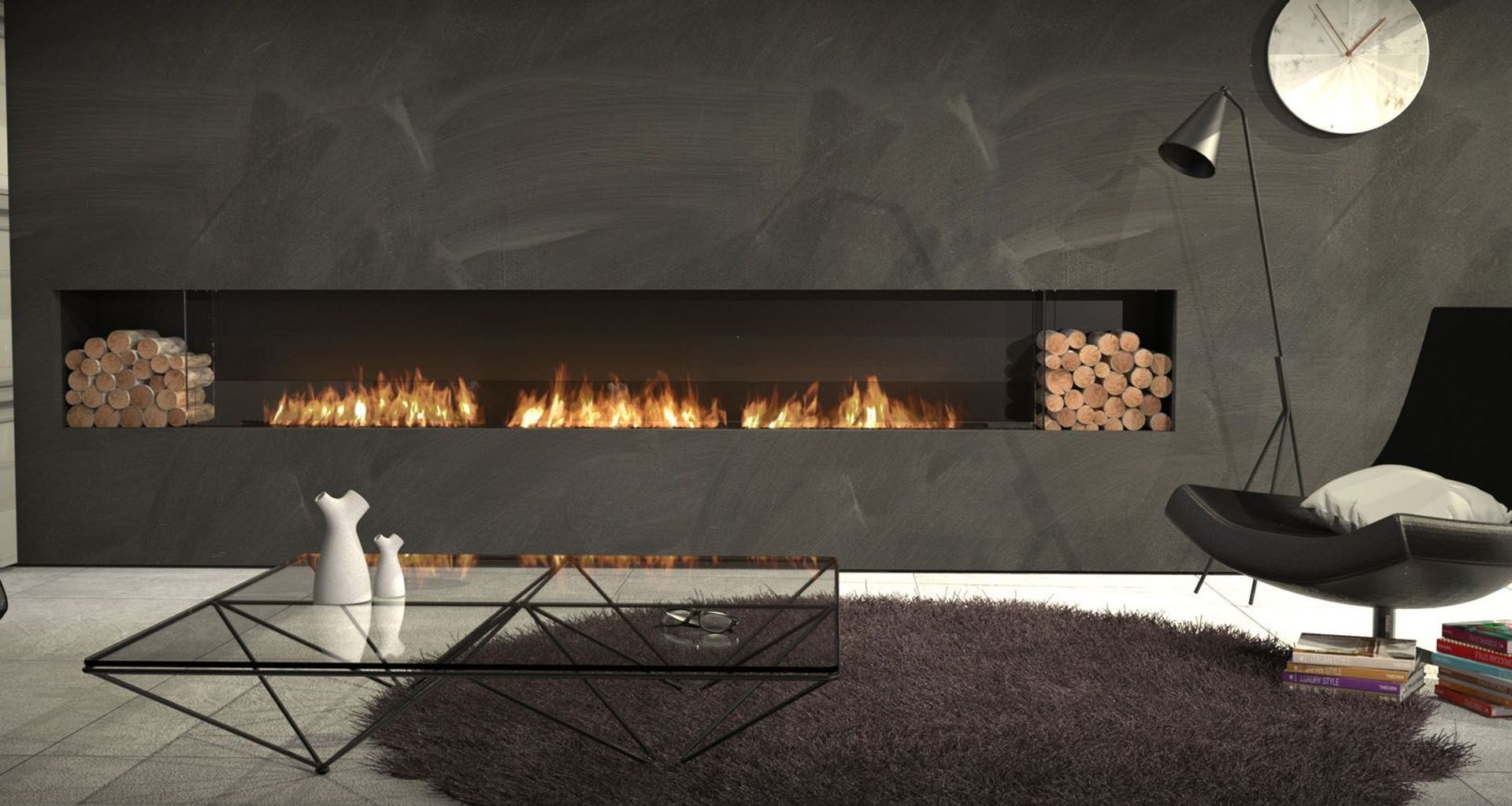The science of clean burning fires
Written by
12 June 2018
•
3 min read

Biofuel fires burn bioethanol, which is pure alcohol. The combustion of bioethanol is a clean process, with no smoke, soot, ash or harmful emissions that need to be extracted through a flue.
It’s this aspect of using bioethanol as a fuel that makes it particularly attractive to architects and designers as the fires can be placed anywhere, and generally require no consent, special installation or space around them.
Why is bioethanol sustainable?
Bioethanol is a renewable energy source, which is made by fermenting the sugar and starch components of plant by-products, commonly crops like sugarcane and grains. “It can also made from potatoes, milk, rice, beetroot and grapes, bananas and dates,” Naked Flame’s Richard Lee says.
“As it combusts, bioethanol creates a clean emission of heat, steam and carbon dioxide. The carbon dioxide levels it creates though are only equivalent to having an extra human in the room breathing, and the steam is created from the three percent water content of the fuel so it’s not enough to create condensation.”
These three elements that are released during combustion mean burning bioethanol is a carbon neutral heating source. “Carbon dioxide is absorbed by plants, which is then processed via photosynthesis to help the plant grow. This infinite cycle of creation and combustion of energy makes bioethanol a completely carbon neutral fuel.”
The fuel also has no smell, either when it is burning, or when stored, which is an attractive aspect of it compared to traditional wood and gas fires.
Is it easy to light and extinguish?
Biofuel fires are easily lit just like an open fire, with a lighter or matches. “To extinguish the flames, you need to simply put the cover on and the fire will immediately go out,” Richard says.
How are they installed?
The other benefit of biofuel fires is their ease of installation compared to open wood, wood burners, or gas fires. “The free standing and table top models can be used straight from the box. Wall-mounted biofuel fires come with a mounting kit and wall brackets and they are similar to hanging a picture,” Richard says.
“There are many benefits to biofuel fires but the best is their ability to create an open roaring fire without the mess and hassle of a wood fire, and without the need for a flue or chimney. Biofuel fires open up a new level of creative freedom for designers and architects to reimagine what heating the home looks like.”
Visit Naked Flame on ArchiPro here to peruse the latest in biofuel fire design and technology.


